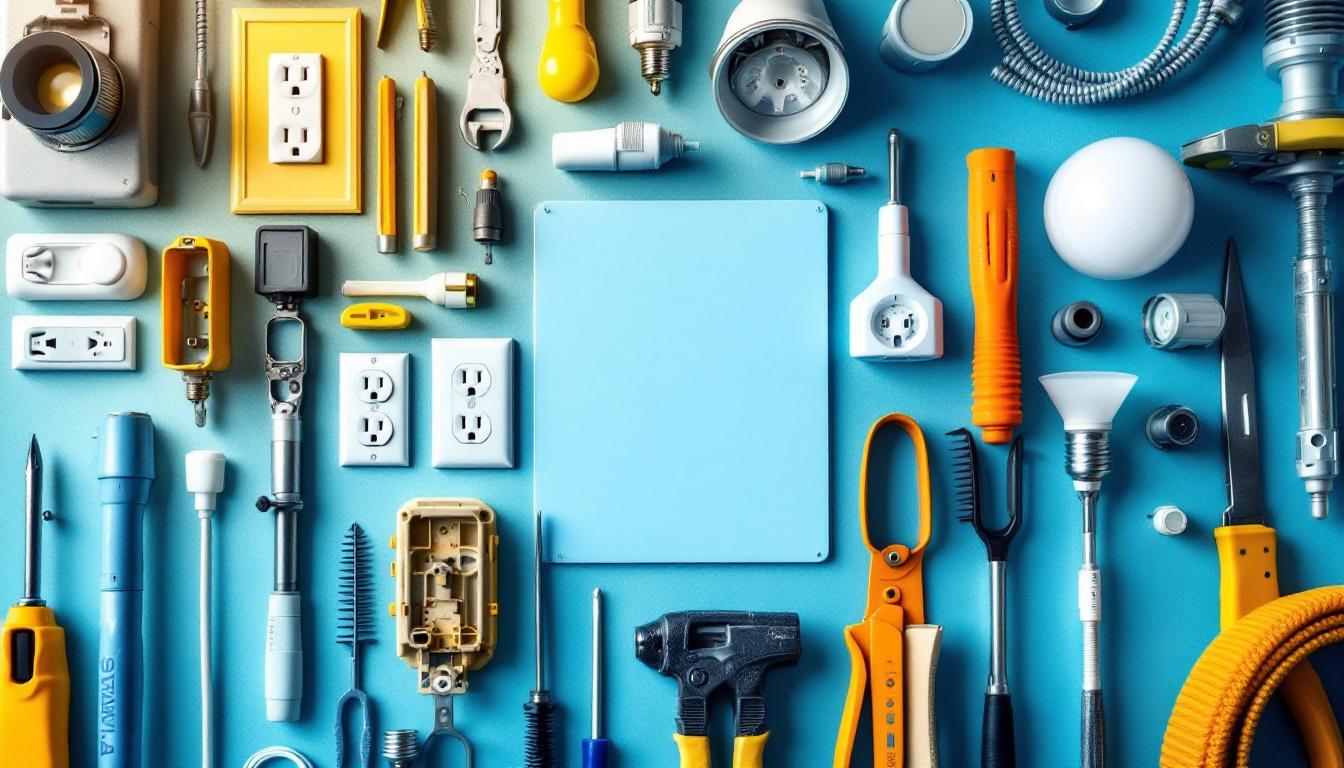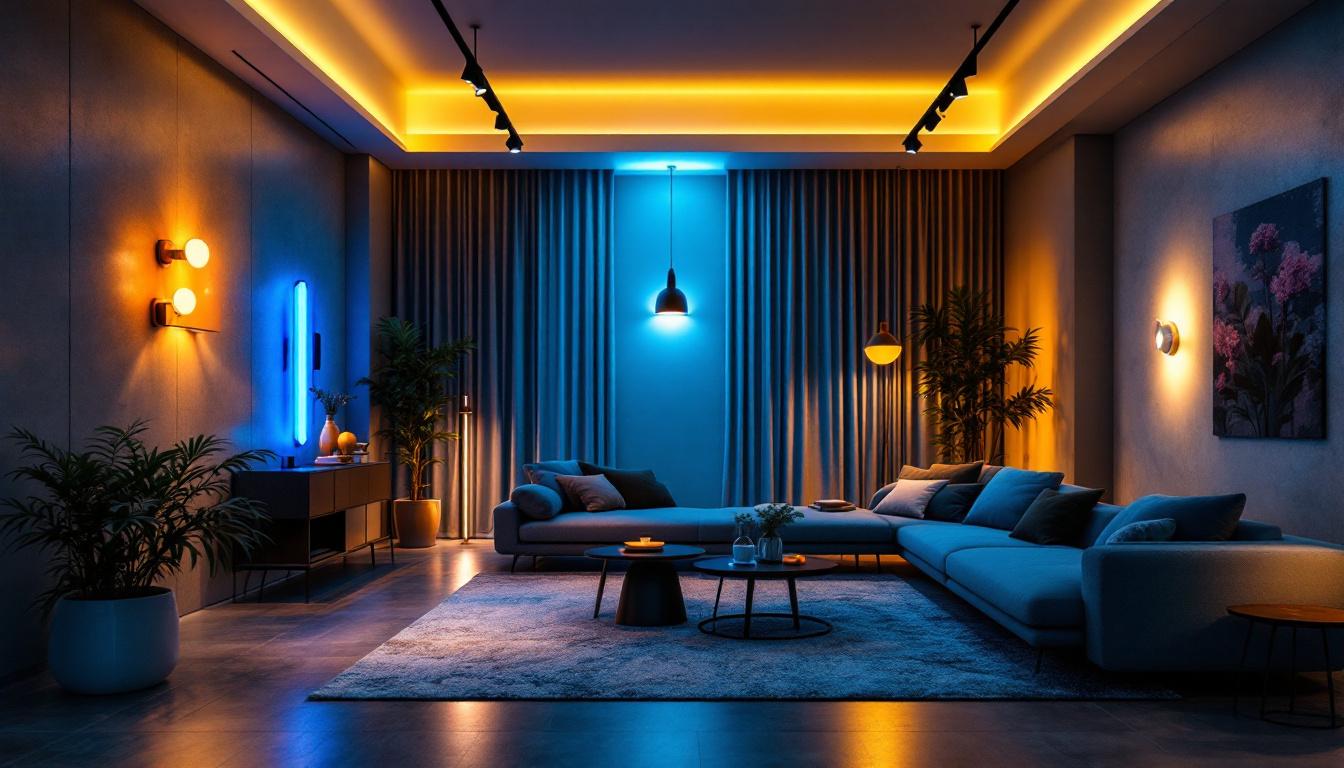
For lighting contractors, understanding the role and selection of wall outlet cover boxes is essential to delivering safe, functional, and aesthetically pleasing installations. Wall outlet cover boxes serve as protective enclosures for electrical outlets, switches, and wiring connections, ensuring both safety and compliance with electrical codes. These components may seem minor compared to the complexity of lighting systems, but their importance cannot be overstated.
From protecting wiring from damage and moisture to providing a finished look that complements interior design, cover boxes are a critical part of any lighting installation project. This guide explores the types, materials, installation considerations, and best practices for wall outlet cover boxes, tailored specifically for lighting contractors.
In addition to their primary function, wall outlet cover boxes also play a vital role in enhancing the overall safety of electrical installations. By securely housing wiring connections, they minimize the risk of accidental contact with live wires, which can lead to electrical shocks or fires. Moreover, many modern cover boxes are designed with features such as integrated gaskets or seals to further protect against dust and moisture intrusion, making them suitable for various environments, including kitchens, bathrooms, and outdoor spaces.
Furthermore, the aesthetic aspect of wall outlet cover boxes should not be overlooked. With a wide range of styles, colors, and finishes available, contractors can select cover boxes that seamlessly blend with the surrounding decor, contributing to a polished and cohesive look. Options such as decorative cover plates or custom finishes allow for personalization, enabling homeowners to express their style while ensuring that the functionality of the electrical system is maintained. As technology advances, there are also innovative designs that incorporate smart features, such as USB ports or integrated lighting, further enhancing the utility of these essential components.
Single and double gang boxes are the most common types of wall outlet cover boxes used in lighting and electrical installations. A “gang” refers to the number of device spaces within the box. Single gang boxes accommodate one outlet or switch, while double gang boxes can hold two devices side by side.
Lighting contractors often encounter these boxes during retrofit or new construction projects. Choosing the correct gang size is crucial to avoid overcrowding, which can lead to overheating and code violations. For example, installing a double switch in a single gang box may cause wiring congestion, increasing the risk of electrical faults.
In outdoor or damp environments, weatherproof cover boxes are necessary to protect electrical connections from moisture, dust, and other environmental factors. These boxes typically feature gasket seals and durable materials such as polycarbonate or metal to withstand harsh conditions.
Fire-rated boxes are another specialty option, designed to maintain the integrity of fire barriers within walls and ceilings. These boxes are essential in commercial buildings or multi-family residences where fire safety regulations require containment of electrical components to prevent fire spread.
The depth of the wall outlet cover box is a critical factor depending on the volume of wiring and devices it must accommodate. Shallow boxes are suitable for minimal wiring and low-profile installations, while deep boxes provide extra space for complex wiring setups, such as those involving dimmers, timers, or smart switches.
Lighting contractors must assess the wiring requirements before selecting the box depth to ensure compliance with the National Electrical Code (NEC) box fill calculations, which dictate the minimum volume needed to safely house conductors and devices.
Plastic and metal are the two primary materials used for wall outlet cover boxes, each with distinct advantages and considerations.
Plastic boxes are lightweight, non-conductive, and resistant to corrosion. They are easier to install since they do not require grounding, making them popular for residential lighting projects. However, they may be less durable in high-impact or high-temperature environments.
Metal boxes, typically made from steel or aluminum, offer superior strength and durability. They are required in commercial or industrial settings and where metal conduit is used. Metal boxes must be grounded properly, adding an extra step during installation but providing enhanced protection against physical damage and electromagnetic interference.
The choice of material influences both installation procedures and long-term safety. For example, metal boxes are better suited for environments with potential mechanical stress or where grounding continuity is critical. Conversely, plastic boxes reduce installation time and are less prone to rust or corrosion, making them ideal for dry, indoor locations.
Lighting contractors should evaluate the project environment, local electrical codes, and client preferences when selecting materials. Using the wrong material can lead to costly rework, safety hazards, or code violations.
Accurate placement and alignment of wall outlet cover boxes are fundamental to a professional lighting installation. Boxes should be mounted flush with the finished wall surface to ensure the cover plate sits evenly and securely. Misaligned boxes can cause gaps, uneven surfaces, and aesthetic issues that detract from the overall installation quality.
Additionally, contractors must consider accessibility and usability. For example, outlets should be positioned at ergonomic heights and locations that comply with accessibility standards, particularly in commercial or public buildings.
One of the most critical aspects of installing wall outlet cover boxes is adhering to box fill requirements. The NEC specifies the maximum number of conductors, devices, and clamps that can be safely housed within a box based on its volume. Overfilled boxes can cause overheating and increase the risk of electrical fires.
Lighting contractors should carefully count the number of wires and devices to be installed and select a box with adequate volume. Using wire nuts and organizing conductors neatly within the box also helps maintain safety and ease of future maintenance.
Properly securing the cover box to the wall structure is essential to prevent movement that could damage wiring or connections. Boxes should be firmly attached to studs, masonry, or other structural elements using appropriate fasteners.
For metal boxes, grounding is mandatory. Contractors must connect the grounding conductor to the box using grounding screws or clips to ensure electrical safety. Plastic boxes do not require grounding but must be installed with compatible devices and covers.
Compliance with the NEC is non-negotiable for lighting contractors. The code outlines specific requirements for box volume, material, installation methods, and accessibility. For example, NEC Article 314 covers outlet, device, pull, and junction boxes, including detailed box fill calculations and installation standards.
Ignoring these requirements can lead to failed inspections, liability issues, and safety hazards. Staying updated with code revisions and local amendments is crucial for maintaining professional standards and avoiding costly penalties.
Beyond the NEC, local jurisdictions may impose additional regulations or inspection protocols. These can affect the type of cover boxes allowed, mounting heights, and labeling requirements. Lighting contractors should engage with local building departments early in the project to ensure all requirements are met.
Documentation of compliance, including product specifications and installation records, can streamline inspections and provide assurance to clients and inspectors alike.
Wall outlet cover boxes are often paired with cover plates that contribute significantly to the visual appeal of a space. Lighting contractors should consider the style, color, and finish of cover plates to complement the interior design.
Options range from basic plastic plates to decorative metal or wood finishes. In high-end projects, custom plates may be used to match architectural details or lighting fixtures, enhancing the overall aesthetic coherence.
Modern lighting installations increasingly incorporate smart switches, dimmers, and outlets that require specialized cover boxes. These devices may have unique size or mounting requirements, necessitating deeper or differently shaped boxes.
Lighting contractors should stay informed about emerging technologies and ensure that cover box selections accommodate these devices without compromising safety or code compliance.
In some retrofit or renovation projects, wall space may be limited, making it challenging to install standard cover boxes. Solutions include using low-profile or shallow boxes, surface-mounted boxes, or relocating outlets where feasible.
Effective communication with clients and other trades is essential to balance functional requirements with spatial constraints.
Installing wall outlet cover boxes in bathrooms, kitchens, or outdoor areas requires special attention to moisture protection. Using weatherproof or gasketed boxes, sealing around the box, and selecting appropriate cover plates can mitigate risks associated with damp environments.
Lighting contractors should also verify that GFCI (Ground Fault Circuit Interrupter) outlets are installed where required to enhance electrical safety in wet locations.
Wall outlet cover boxes may be small components in the grand scheme of lighting installations, but their impact on safety, functionality, and aesthetics is significant. For lighting contractors, mastering the selection, installation, and compliance aspects of these boxes is essential to delivering high-quality work and ensuring client satisfaction.
By understanding the types, materials, installation best practices, and code requirements, contractors can avoid common pitfalls and enhance the overall success of their lighting projects. Staying informed about technological advancements and local regulations further positions lighting contractors as trusted professionals in their field.
Ready to elevate your lighting projects with the highest quality wall outlet cover boxes? Look no further than LumenWholesale, where we provide contractors with spec-grade lighting products at unbeatable wholesale prices. Our extensive selection is designed to meet the highest industry standards, ensuring you have access to reliable and high-performance lighting essentials for every installation. Plus, with the convenience of free shipping on bulk orders, you can obtain premium lighting solutions at the best value — all without hidden fees or compromises. Make your next project a shining example of quality and affordability by choosing Wholesale Lighting at the Best Value with LumenWholesale.

Explore the transformative impact of LED lighting on modern design and installation practices.

Explore the transformative role of light fixtures in modern interior design and their rising significance in the lighting industry.

Discover the transformative journey of the Type T light bulb and its impact on modern lighting solutions.

Discover the advantages lighting contractors can gain from specializing in park lighting projects.